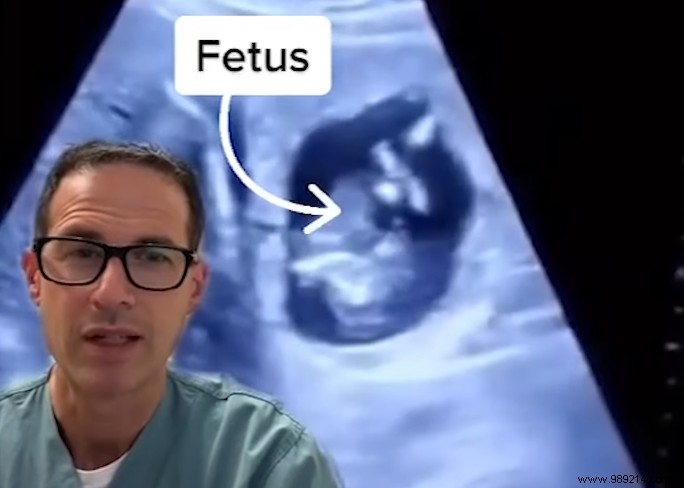In Canada, a woman recently had a very special ectopic pregnancy. A fertilized egg was indeed trying to develop outside her uterus in a particularly unusual place:her liver. Obviously, its presence in this organ has generated complications.
Normally, the egg is fertilized by a sperm in one of the woman's two uterine tubes, the fallopian tubes. Then the fertilized egg moves inside the uterus. In the case of an ectopic pregnancy (EGP), the egg develops outside the normal implantation environment . Most of the time, pregnancy then occurs in one of the fallopian tubes or in the abdominal cavity. The diagnosis of EP must then be made quickly. Indeed, the fertilized egg grows and the bleeding caused can endanger the health of the woman . Certain factors favor the risk of EP here:advanced age, smoking, previous gynecological infections, alterations of the uterine tubes (eg malformation) or even in vitro fertilization.
While most cases occur in one of the tubes or in the abdominal cavity, there are sometimes exceptions. In an article from December 20, 2021, The Independent describes an extremely rare case that completely surprised Dr. Michael Narvey and the other doctors at the Children's Hospital Research Institute of Manitoba (Canada):a liver pregnancy .

For fourteen consecutive days , the 33-year-old patient suffered bleeding. Very worried, she then made the choice to consult. On site, the doctors perform an ultrasound and the verdict is clear:it is an intrahepatic pregnancy. Unfortunately, this pregnancy cannot proceed properly and the fertilized egg cannot survive. In addition, internal bleeding can be very important in the liver, an organ with many blood vessels.
This type of ectopic pregnancy has the distinction of being extremely rare. Only 21 pregnancies in the liver were listed in English-language medical journals between 1967 and 2017. The latest case recorded is that of a woman in China whose missed period lasted no less than forty days. The patient had a mass of 5.4 X 4.6 cm in the right lobe of the liver.
The intrahepatic pregnancy usually ends within the first three months. Invasion of the trophoblast, the outer layer of cells surrounding the embryo, erodes the blood vessels of the liver. If left untreated, very severe bleeding occurs with rupture of the implantation site. This is called a so-called "cataclysmic" hemorrhage.